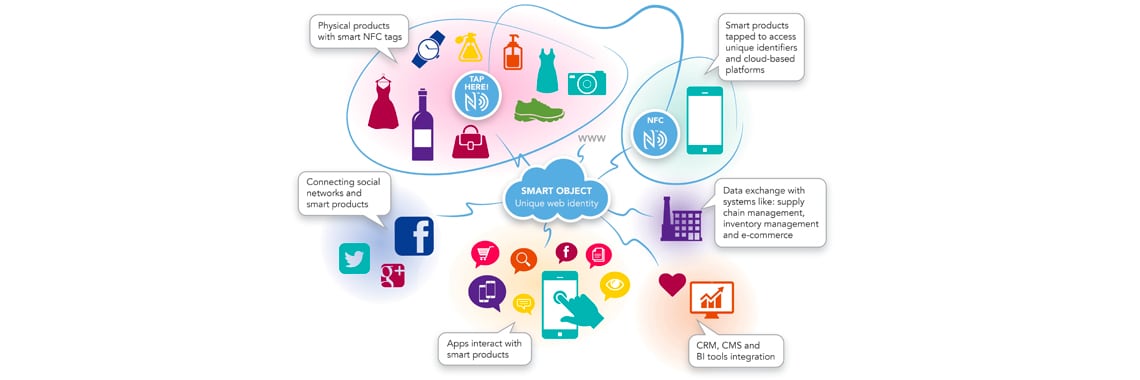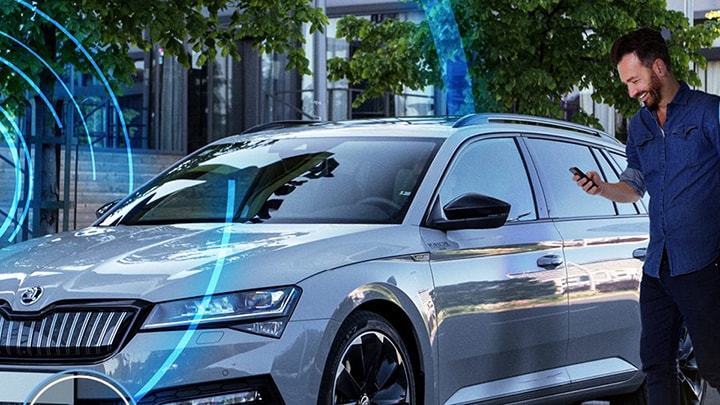A recent
study, conducted by the international research firm Ipsos, polled more than 16,000
people in 20 countries and uncovered some interesting things about how we, as
consumers, make our purchasing decisions. It turns out that the things we
traditionally associate with a particular brand, such as style, quality and
reputation, still matter, but what matters even more is how we think and feel
when we interact with a brand.
The opinions we form at key points – when we ask for information,
verify authenticity, make a purchase, request a service or actually use the
product – determine whether or not we’ll continue our
relationship with a given brand. Add to this the fact that we now have the
ability to share our brand perceptions with everyone else, through social
media and each consumer is more than just one person buying a product:
they’re a reviewer and critic, with the ability to influence others.
NFC connectivity for new experiences
The results of the Ipsos study underscore how important it is for brand
marketers to create positive, engaging consumer experiences that turn shoppers
into buyers and loyal brand ambassadors. Since the average consumer spends
more and more time engaging with their smartphone, it makes sense to use the
smartphone as the entry point for these experiences. And now, with more
smartphones offering Near Field Communication (NFC) as a standard feature,
companies can start using NFC to deliver better brand interactions at every
point, whether it’s before, at or after the purchase. Here’s a
sample scenario, to show how this can work:
The physical product – a dress, a bottle of wine, whatever – has
an NFC tag on it. Each tag carries a unique identifier, giving the product its
own digital identity. Any and all information relating to the product can then
be tied to the unique identifier.
The consumer taps the tag with a smartphone to initiate an action. The action
can vary depending on the need: get information, find offers and promotions,
read reviews on social media, verify product authenticity, register a
purchase, receive customer rewards, view warranties and so on.
The smartphone’s browser hits a cloud-based platform that tells the
phone where to go, based on the tag’s unique identifier. At the same
time, information about the NFC interaction is captured by the cloud’s
intelligent service. Depending on the configuration, the cloud platform can
log details of the interaction, such as the location, time/date, user type and unique phone ID. Also, depending on what the consumer decides to share,
personal data, such as profiles or interests, can get captured and logged.
Stay tuned for part 2, giving examples and reasons for using NFC tags.




